NACIO JAN BROWN
FAMILY ALBUMS
“The past is never dead. It’s not even past.” William Faulkner
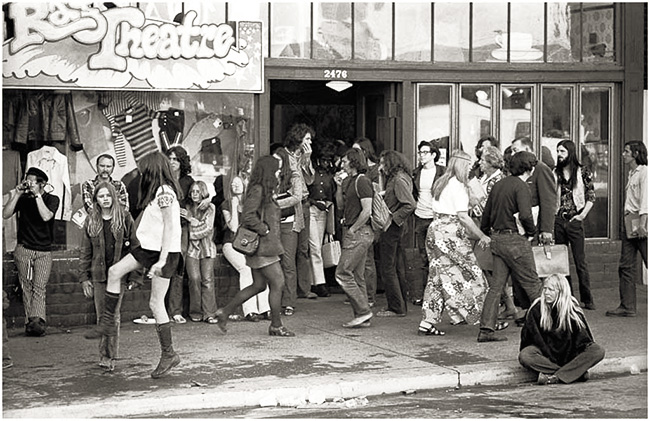
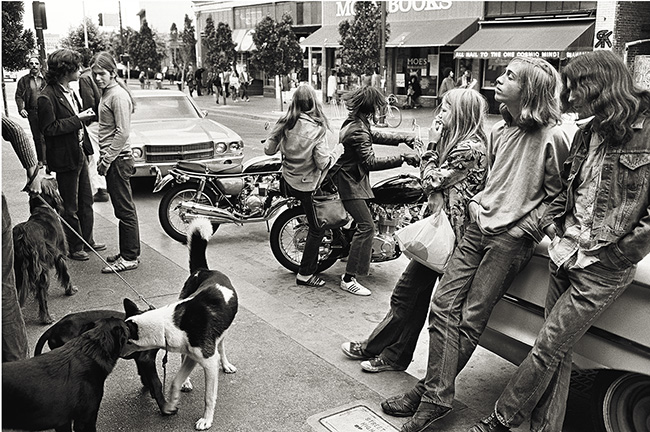
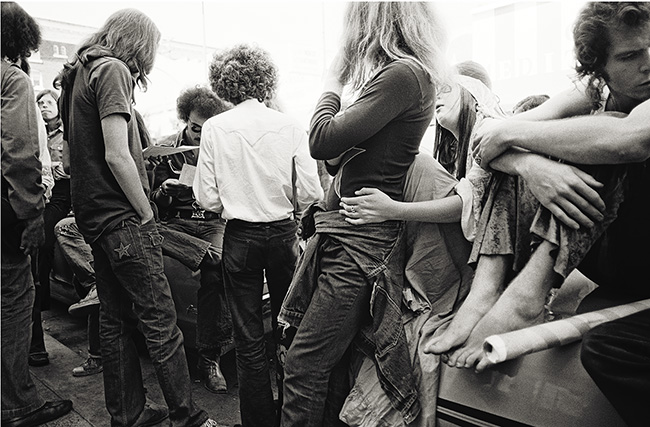
— I was always fascinated by the 2400 block of Telegraph Avenue. On this one segment of one street were flower children and riots, hard drugs and Jesus freaks, left-wing intellectuals and psychedelics, natural foods and runaways. From the time I began to photograph for the underground press in the mid-sixties I planned to document the life on this block.
In 1969 I began. I felt that the counterculture was beginning to fragment. While most people on the block still identified more with each other than with those outside, tension was increasing and things were changing fast.
When I began, I simply wanted to document what seemed a remarkable and important social phenomenon. But as the photographs accumulated on my walls, I realized that something more was happening. This block had been my refuge for ten years. To photograph here was to turn my camera inward. I discovered that my feelings about the dreams and realities of this block were both stronger and more ambivalent that I had known.
It has been a long time since I began to photograph on the Avenue. When I go there now, which isn’t often anymore, I find it changed completely. The sense of community which once existed has disappeared. I will not forget the special openness of the people on the block to my photographing them. For them, as well as for myself, I want my photographs to be a way not to forget, a way for all of us who where there to remember how it was.
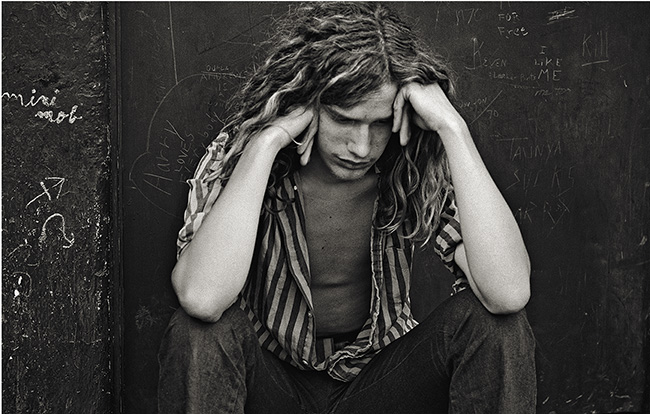
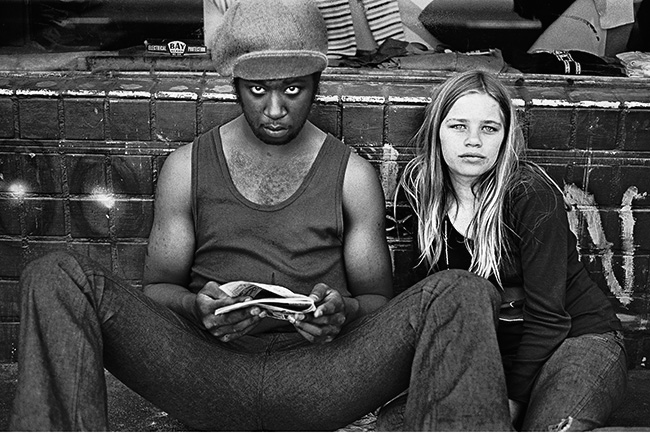

There is a sense in which this kind of photography involves taking something from people without giving them something in return. People reveal something to me, however subtle, which they would normally reserve for those much closer to them. My photographs then show this to others. But this is not so simple. Long after the moment of exposure, when the incident has been forgotten by the subject, I am confronted by it again and again—on the negative, on contact sheets, on proofs, and in prints. The images in this book have become my family.
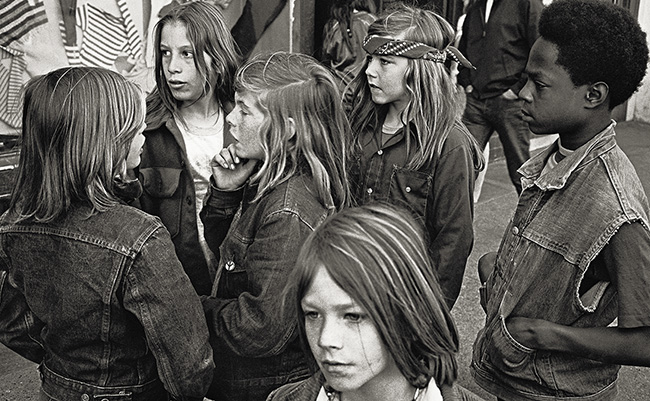
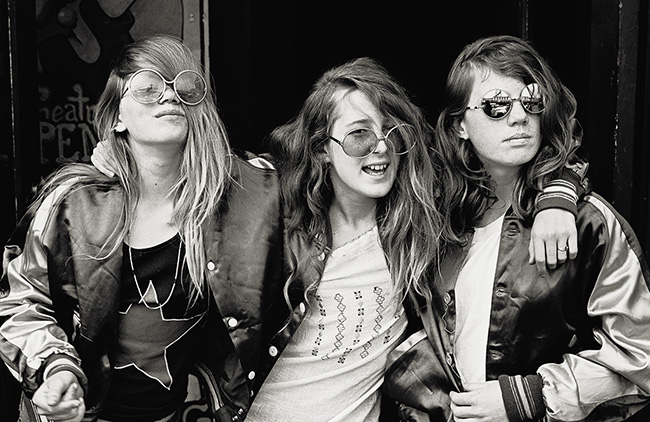
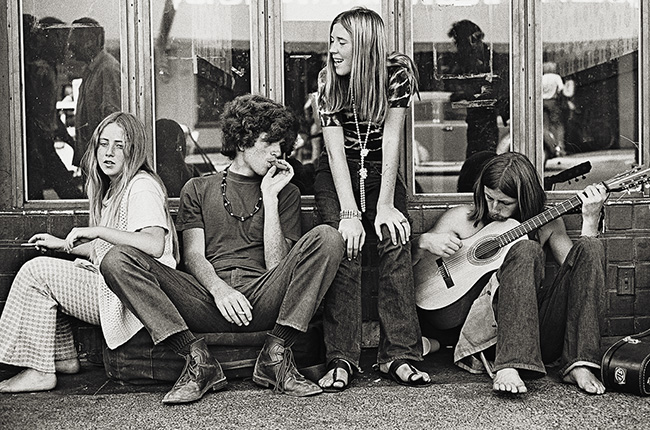
In going through my photographic contact sheets from the period of 1966 through 1975 I had occasion to view again the work I did for a book project. The book, Rag Theater, is a photojournalistic record of the vibrant street life on the 2400 block of Telegraph Avenue in Berkeley between 1969 and 1973. During this four-year period I shot hundreds of rolls of film there. Looking at the work now, forty years later, I am struck by the feeling that what I have resembles nothing so much as a family album. The people in the photographs are people’s parents and grandparents, their brothers and sisters, their friends. Most were young at the time of the photographs. Some—too many—never got much older. Along with the recognition that I have in my possession a family album came a feeling of responsibility to share it. That is what my blog www.ragtheater.com is about.
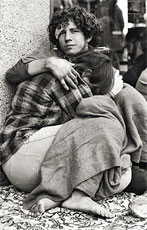
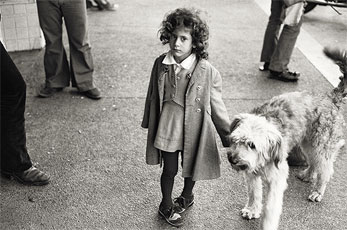
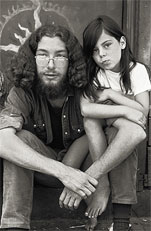
The model for my blog is not that of a photographic exhibit where a stringent winnowing down of images is essential. Since a primary audience is people who were there, the model is instead that of a family album, with all the sprawling generosity that entails—always room for another picture of Uncle Harry, even if it is a bit out of focus. As in a family album some faces appear again and again. In one respect, however, the family album analogy breaks down—there are many missing faces. It was not my intent when I began the project to create a systematically exhaustive catalog of all those who frequented the Avenue. Consequently, there are people who were on the Avenue a lot but whom I somehow never photographed. On the other hand, there are faces here I saw only once. In any case, I hope that the abundance of photographs evokes, for better or worse, a feeling of the life and the antic energy of “the Ave” of our youth.
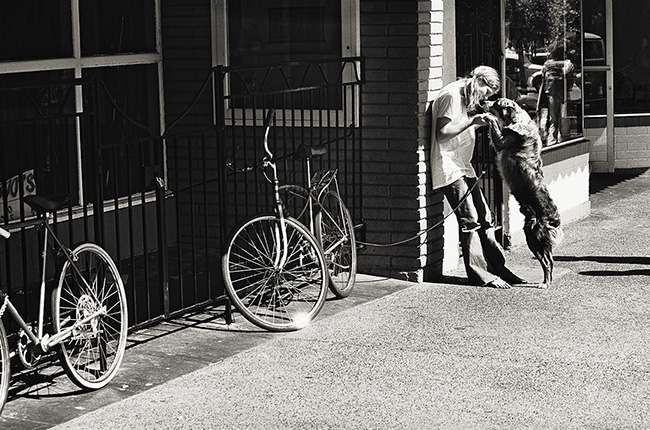
As I mentioned above I shot hundreds of rolls of film for the Rag Theater project. About seventy images are in the book, something over two-hundred on www.ragtheater.com. Only I have seen the rest–a lot of images of a lot of people. That will probably remain the case. This larger family album has been for me alone. Realistically, what could be the venue for my displaying these “outtakes?” And, at this point, what could be the purpose? And even if anyone else ever were to see any of these images, it is unlikely that they would know the people portrayed. So, the greater part of the family album that these images comprise will be gone, as the “family” itself is gone. So, William Faulkner notwithstanding, some pasts can hold on, but only for a while. In the end they disappear—without anyone noticing.

—
Nacio Jan Brown is a photographer residing in Berkeley, CA. He attended Chouinard Art Institute in Los Angeles and after a false start as a painter picked up a camera and never looked back. His work has been exhibited at the M.H. de Young Museum in San Francisco, the Ansel Adams Friends of Photography Gallery in San Francisco, Focus Gallery in San Francisco, the University of California Art Museum in Berkeley, the UC Graduate School of Journalism Gallery in Berkeley, and elsewhere. His work is in the collections of the San Francisco Museum of Modern Art, the Metropolitan Museum, George Eastman House as well as in many private collections. His book, RAG THEATER – THE 2400 BLOCK OF TELEGRAPH AVENUE 1969-1973 was selected by the American Institute of Graphic Arts for inclusion in its FIFTY BOOKS exhibit of 1975. The blog, www.ragtheater.com went online in 2011. In addition to photographs it has many recollections of the times posted by those who were there.
